Mouse Anti-Anti-CD3 epsilon Antibody Product Attributes
Anti-CD3 epsilon Previously Observed Antibody Staining Patterns
Observed Antibody Staining Data By Tissue Type:
Variations in CD3e / CD3 epsilon antibody staining intensity in immunohistochemistry on tissue sections are present across different anatomical locations. An intense signal was observed in lymphoid tissue in appendix and non-germinal center cells in the lymph node and tonsil. More moderate antibody staining intensity was present in lymphoid tissue in appendix and non-germinal center cells in the lymph node and tonsil. Low, but measureable presence of CD3e / CD3 epsilon could be seen in. We were unable to detect CD3e / CD3 epsilon in other tissues. Disease states, inflammation, and other physiological changes can have a substantial impact on antibody staining patterns. These measurements were all taken in tissues deemed normal or from patients without known disease.
| Anti-CD3 epsilon General Information | |
|---|---|
| Alternate Names | |
| CD3e, CD3 epsilon, T3E, IMD18, TCRE | |
| Curated Database and Bioinformatic Data | |
| Gene Symbol | Cd3e |
| Entrez Gene ID | 12501 |
| Ensemble Gene ID | ENSMUSG00000032093 |
| RefSeq Protein Accession(s) | NP_031674, XP_006510029 |
| RefSeq mRNA Accession(s) | XM_006509966, NM_007648 |
| RefSeq Genomic Accession(s) | NC_000075 |
| UniProt ID(s) | A6H6M1, P22646 |
| UniGene ID(s) | A6H6M1, P22646 |
| Cosmic ID(s) | Cd3e |
| KEGG Gene ID(s) | mmu:12501 |
| General Description of Anti-CD3 epsilon. | |
| The 145-2C11 antibody is specific for mouse CD3e, also known as CD3 epsilon, a 20 kDa subunit of the T cell receptor complex, along with CD3 gamma and CD3 delta. These integral membrane protein chains assemble with additional chains of the T cell receptor (TCR), as well as CD3 zeta chain, to form the T cell receptor CD3 complex. Together with co-receptors CD4 or CD8, the complex serves to recognize antigens bound to MHC molecules on antigen-presenting cells. Such interactions promote T cell receptor signaling (T cell activation) and can result in a number of cellular responses including proliferation, differentiation, production of cytokines or activation-induced cell death. CD3 is differentially expressed during thymocyte-to-T cell development and on all mature T cells.The 145-2C11 antibody is a widely used phenotypic marker for mouse T cells. In addition, binding of 145-2C11 antibody to CD3e can induce cell activation. A recent publication of the crystal structure of a murine CD3e-mitogenic antibody complex provides further insight into the action of commonly used agonist antibodies (Fernandes, R.A. et al. 2012. J. Biol. Chem. 287: 13324-13335). | |

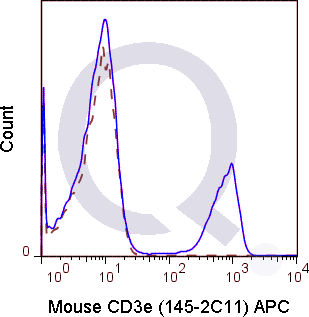

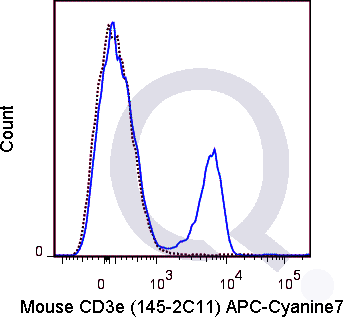
![Anti-CD3e Antibody [145-2C11] - Image 4](https://cdn-enquirebio.pressidium.com/wp-content/uploads/2017/10/enQuire-Bio-QAB2-B-100ug-anti-Anti-CD3-epsilon-antibody-10.png)

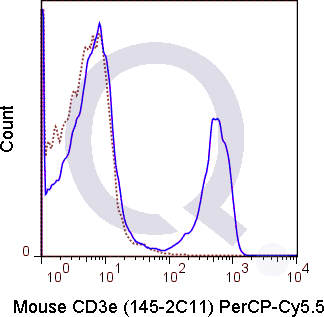
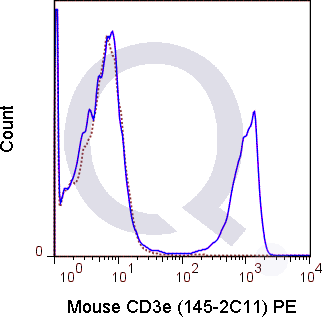
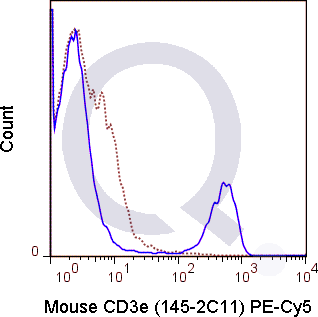
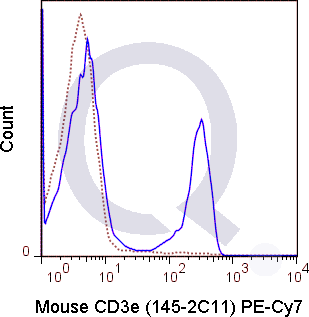
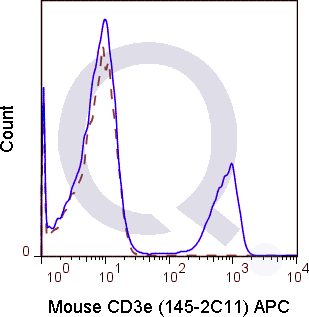
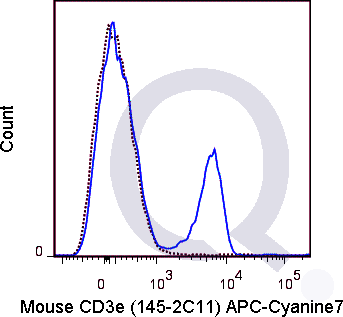
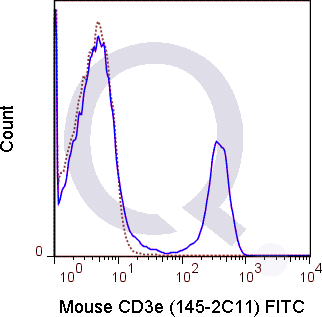
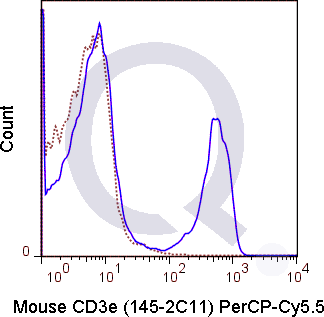
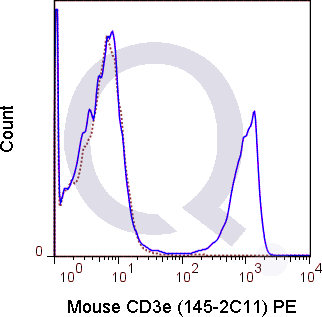
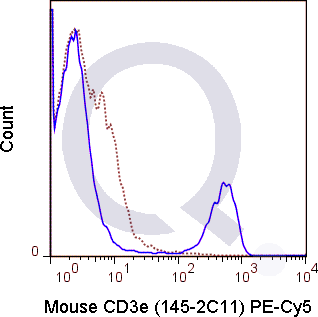
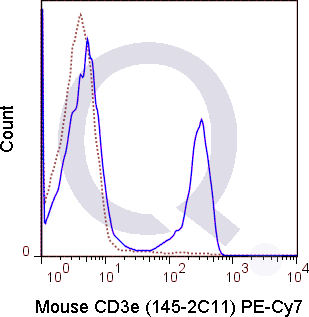

Reviews
There are no reviews yet.